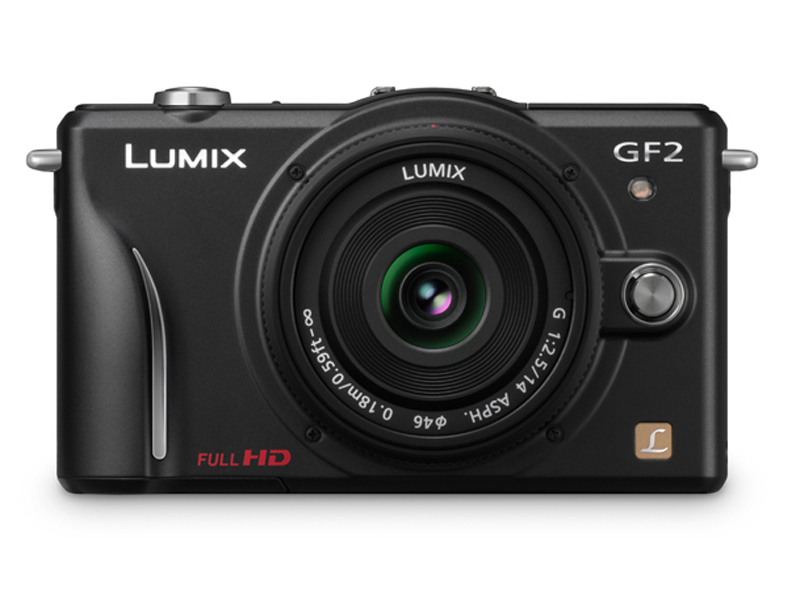Why you can trust TechRadar
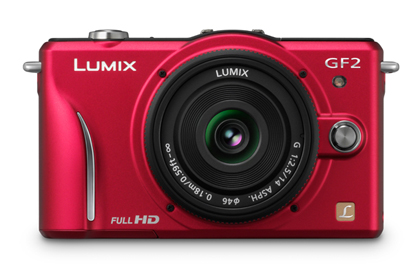
We found that the GF2's Multi Metering works well in a range of situtations, but it is easily fooled by contrasty and bright scenes, often resulting in underexposed images.
It doesn't take much to cause this, any typical daylight scene with a bright area, such as an overcast sky or white paintwork will result in underexposure. It pays to keep one eye on the histogram whilst shooting and applying exposure compensation where necessary. Centre weighted and spot metering modes are also included.
The tiny pop up flash folds out to around an inch above the camera, which should reduce any incidence of red-eye in images. It isn't very powerful, only having a guide number of 6m at ISO100, but is useful for fill-in at close quarters.
Unfortunately, care needs to be taken when using this flash with wide angle lenses, as the spread of light isn't adequate to cover the 14mm f/2.5 lens supplied as a kit, leading to a hotspot of flash in the centre of images.
As there is a hotshoe an optional Panasonic flash can be mounted on camera, providing more power and flexibility.
Panasonic's Auto White Balance strikes a good balance between correcting colour casts and leaving a little of the ambience in images. For those times that you need absolute colour accuracy, the custom preset setting works well, so long as you can find a neutral surface to take the reading from.
Images straight from the camera are generally sharp and packed with detail. Panasonic's Venus Engine FHD processing chip does a grand job of producing decent JPEGs. There is little to choose between them in terms of detail when the raw files are processed using the supplied Silkypix software.
Sign up for breaking news, reviews, opinion, top tech deals, and more.
As there are no film modes on the GF2, it does pay to shoot raw images, even if it is just to fine tune the contrast, or change the colour saturation. Colours straight from the camera can often be quite subdued - unlike some earlier Panasonic cameras.
Sensitivity settings up to ISO 6400 are available and as the ISO is increased, so does the level of noise. Although the GF2 isn't a bad performer compared to larger sensor cameras of a couple of years ago, it can't really hold its own against the latest competition at higher ISO settings. Noise becomes significant above ISO 800, with speckles of coloured noise visible, especially in shadow areas.
In fact noise is quite prevalent throughout the sensitivity range, which can reduce the headroom available for editing raw files. Luckily images have good dynamic range straight from the camera. The roll off into blown highlights is very pleasant, giving images a wonderful print film look.
Finally, as part of our Panasonic GF2 review we've implemented a new testing procedure. To test the Panasonic GF2 image quality, we shot our resolution chart, each with the Panasonic LUMIX G 14mm f/2.5 ASPH lens.
If you download the images and view the central section at 100% (or Actual Pixels) you will see that, at ISO 100 the GF2 is capable of resolving up to 24 (line widths per picture height x100) in it's highest quality JPEG files. Examining images of the chart taken at each sensitivity setting reveals the following resolution scores in line widths per picture height x100:
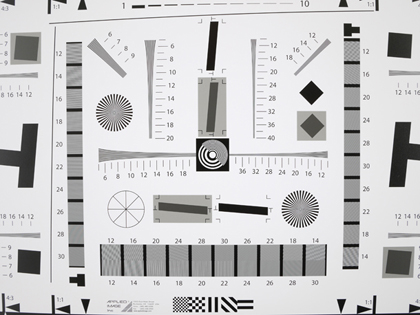
IS0 100 - 24 (Click here to view full-res version)
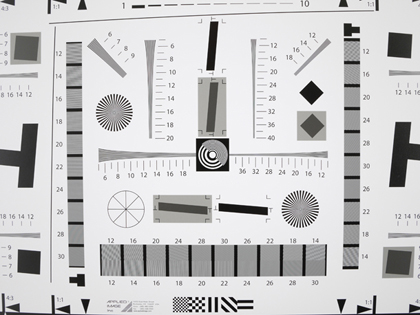
ISO 200 - 22 (Click here to view full-res version)
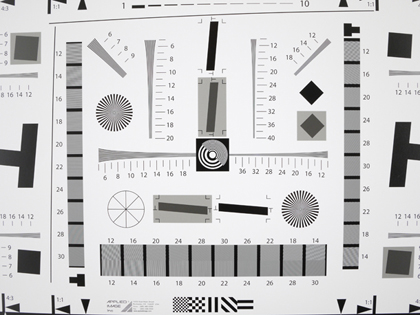
ISO 400 - 22 (Click here to view full-res version)
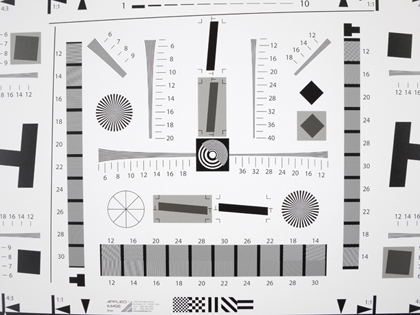
ISO 800 - 22 (Click here to view full-res version)
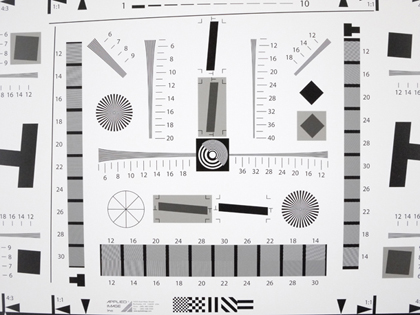
ISO 1600 - 22 (Click here to view full-res version)
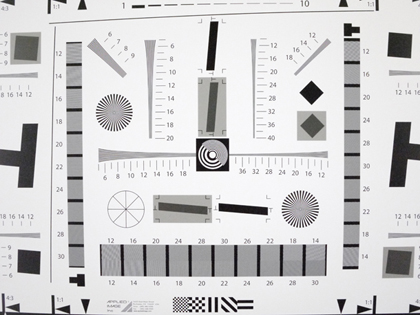
ISO 3200 - 22 (Click here to view full-res version)
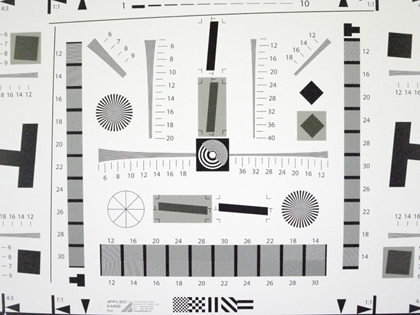
ISO 6400 - 22 (Click here to view full-res version)
Current page: Panasonic Lumix DMC-GF2: Image Quality
Prev Page Panasonic Lumix DMC-GF2: Controls and features Next Page Panasonic Lumix DMC-GF2: GF2 vs its rivals